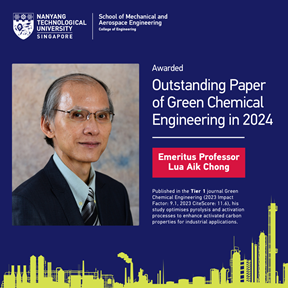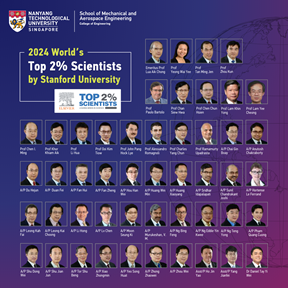MAE researchers develop a novel method for repair and modification of legacy printed circuit boards
An international study led by MAE Associate Professor Murukeshan and team in collaboration with Korea Advanced Institute of Science and Technology (KAIST) developed a novel method for repair and modification of legacy printed circuit boards (PCBs) using femtosecond laser direct writing of conductive graphene traces by the photoreduction of graphene oxide (GO) to conductive reduced GO (rGO) is reported. The system capability is demonstrated by printing conductive traces on top of a flexible substrate to form a closed path for turning on a light-emitting diode, as well as, by repairing a commercial PCB.
The study is recently published in Advanced Materials Technologies: https://onlinelibrary.wiley.com.remotexs.ntu.edu.sg/doi/10.1002/admt.202100514
The article is also highlighted in the Hot Topic Section: Flexible Electronics in the journal.








